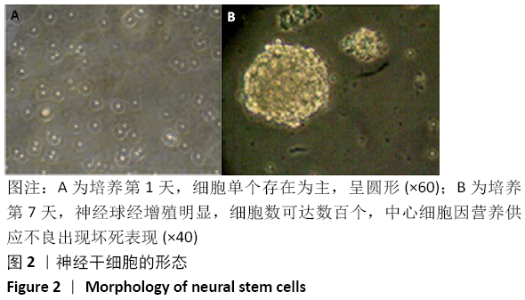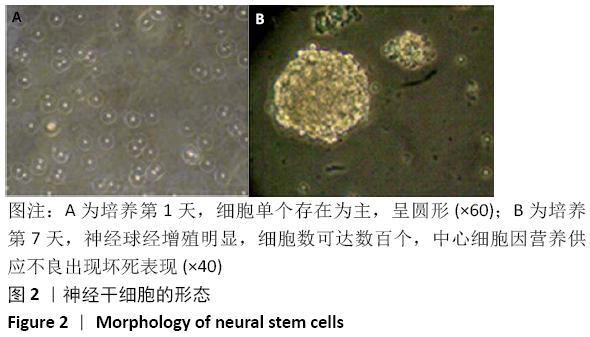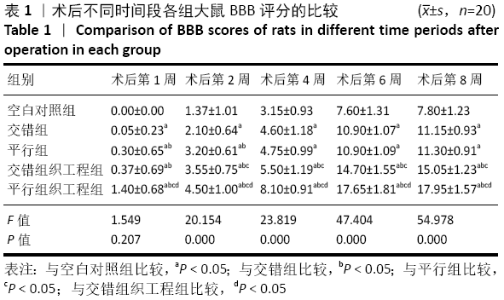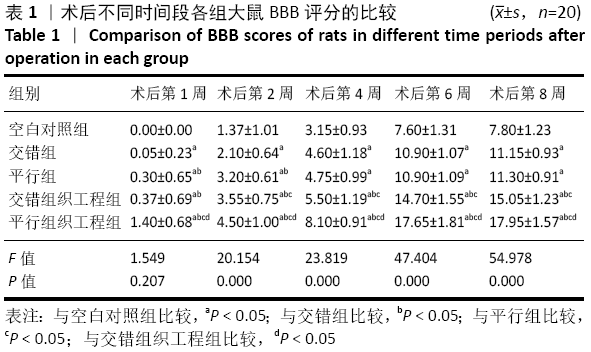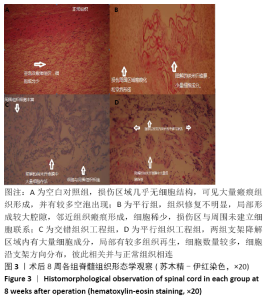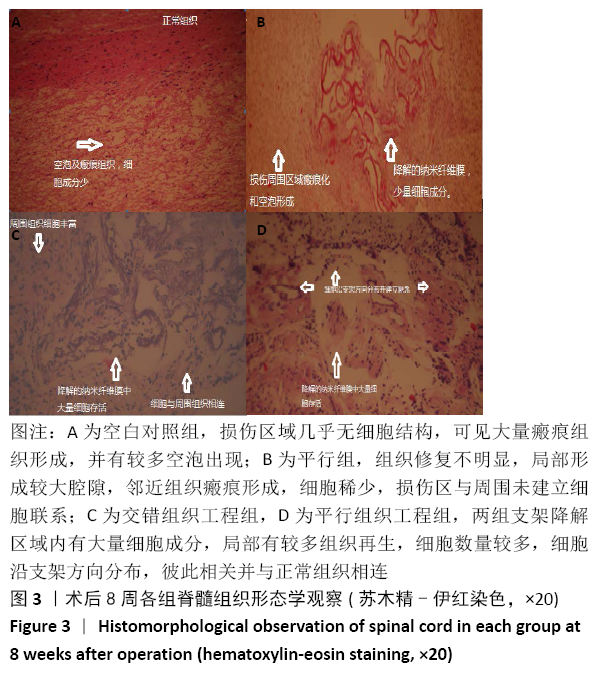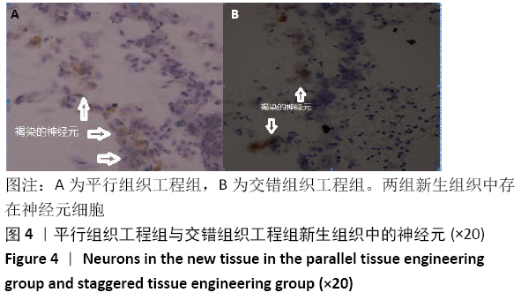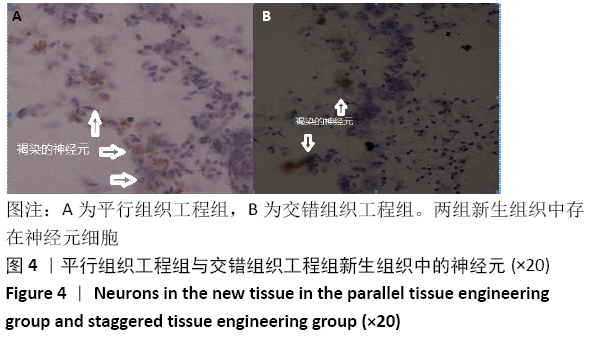[1] 孙佳慧,林欣怡,邹剑龙, 等.神经组织工程技术治疗脊髓损伤的研究进展[J].解剖学研究,2016,38(6): 480-483.
[2] 张文龙,祁全.组织工程支架在脊髓损伤治疗的研究进展[J].中国矫形外科杂志,2014,22(4):320-323.
[3] HOU BR, JIANG C, WANG ZN, et al. Exosome-mediated crosstalk betweenmicroglia and neural stem cells in the repair of brain injury.Neural Regen Res.2020;15(6):1023-1024.
[4] ASADI-GOLSHAN R, RAZBAN V, MIRZAEI E, et al. Sensory and Motor Behavior Evidences Supporting the Usefulness of Conditioned Medium from Dental Pulp-Derived Stem Cells in Spinal Cord Injury in Rats.Asian Spine J.2018;12(5):785-793.
[5] 周继辉,姚猛,王岩松,等.新型纳米支架与神经干细胞的凋亡[J].中国组织工程研究,2013,17(3):419-426.
[6] LIM CAR, NIGHTINGALE TE, ELLIOTT S, et al. Lifestyle modifications and pharmacological approaches to improve sexual function and satisfaction in men with spinal cord injury: a narrative review.Spinal Cord. 2020;58(4):391-401.
[7] SUN X, BAI Y, ZHAI H, et al. Devising micro/nano-architectures in multi-channel nerve conduits towards a pro-regenerative matrix for the repair of spinal cord injury.Acta Biomater.2019;3:194-206.
[8] JØRGENSEN V, SLETTAHJELL HB, SKAVBERG ROALDSEN K, et al. Carboxy terminal collagen crosslinks as a prognostic risk factor for fall-related fractures in individuals with established spinal cord injury.Spinal Cord. 2019;57(11):985-991.
[9] LIU XY, LIANG J, WANG Y, et al. Diffusion tensor imaging predicting neurological repair of spinal cord injury with transplanting collagen/chitosan scaffold binding bFGF.J Mater Sci.2019;30(11):123.
[10] HUANG J, ZHOU X, SHEN Y, et al. Asiaticoside loading into polylactic-co-glycolic acid electrospun nanofibers attenuates host inflammatory response and promotes M2 macrophage polarization.J Biomed Mater Res.2020;108(1):69-80.
[11] XIE J, MACEWN MR, SCHWARTZ AG, et al.Electrospun nanofibersforneural tissue engineering. Nanoscale. 2010;2(1):35-44.
[12] CHRISTENS ON EM, ANSETH KS, VAN DEN BEUCKEN JJ, et al. Nanobiomaterial applications in orthopedics.J Orthop Res.2007;1: 11-22.
[13] 周继辉,姚猛,王岩松,等.新型脊髓纳米组织工程支架的组织相容性[J].中国组织工程研究,2013,17(21):3854-3861.
[14] SARACINO GA, CIGOGNINI D, SILVA D, et al. Nanomaterials design and tests for neural tissue engineering.Chem Soc Rev.2013;42(1):225-262.
[15] BARNABÉ-HEIDER F, FRISÉN J. Stem cells for spinal cord repair.Cell Stem Cell.2008;3(1):16-24.
[16] XU L, XU CJ, LÜ HZ, et al. Long-term fate of allogeneic neural stem cells following transplantation into injured spinal cord.Stem Cell Rev. 2010; 6(1):121-136.
[17] OYINBO CA. Secondary injury mechanisms in traumatic spinal cord injury: a nugget of this multiply cascade.Acta Neurobiol Exp (Wars). 2011;71(2):281-299.
[18] STRALEY KS, FOO CW, HEILSHORN SC. Biomaterial design strategies for the treatment of spinal cord injuries.J Neurotrauma.2010;27(1):1-19.
[19] CHEN F, WANG M, WANG J, et al. Effects of hydroxyapatite surface nano/micro-structure on osteoclast formation and activity.J Mater Chem. 2019;7(47):7574-7587.
[20] POTTER W, KALIL RE, KAO WJ. Biomimetic material systems for neural progenitor cell-based therapy.Front Biosci.2008;13:806-821.
[21] CUSIMANO M, BIZIATO D, BRAMBILLA E, et al. Transplanted neural stem/precursor cells instruct phagocytes and reduce secondary tissue damage in the injured spinal cord.Brain.2012;135(Pt 2):447-460.
|
